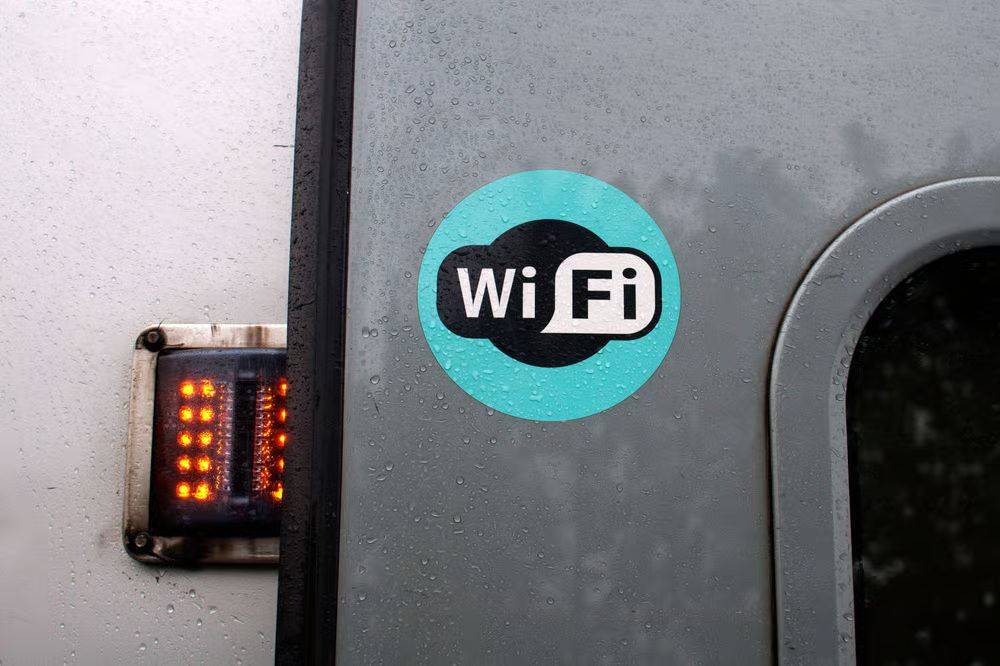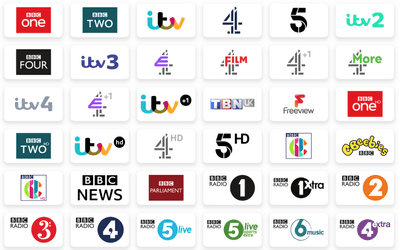UK train Wi-Fi ranked among the slowest in Europe
A new report by broadband testing company Ookla – best known for its Speedtest.net tool – has revealed that UK trains have some of the slowest onboard Wi-Fi speeds in Europe, falling well behind other major countries for reliable connectivity on the move.
Patchy Wi-Fi still a problem on UK rail
Anyone who’s tried to work or stream during a train journey in the UK will know the struggle – patchy connections, long dropouts, and sluggish speeds are all too common. The latest findings confirm what many passengers already suspect: the UK’s rail Wi-Fi still lags behind much of Europe.
Ookla’s study measured average Wi-Fi speeds on trains across multiple countries in Q2 2025. The results show the UK near the bottom of the list with an average download speed of just 1.09 Mbps, ahead of only Spain (1.45 Mbps) and the Netherlands (0.41 Mbps).
At the other end of the scale, Sweden topped the chart with a median onboard download speed of 64.58 Mbps, followed by Switzerland (29.79 Mbps) and Ireland (26.33 Mbps) – highlighting just how far UK rail connectivity has to go.
Old equipment and poor infrastructure blamed
One reason for the UK’s poor performance is that many train operators still rely on outdated Wi-Fi 4 systems, with nearly 40% of trains operating on the older and more congested 2.4 GHz band. This makes connections slower and less reliable – especially when dozens of passengers are trying to get online at once.
By contrast, countries with newer Wi-Fi 5 or Wi-Fi 6 technology – or better trackside and satellite backhaul – tend to perform far better. Even so, Ookla’s data shows that newer Wi-Fi alone isn’t enough if the connection feeding the train (the “backhaul”) is limited or unstable.
What the government’s doing about it
Back in 2017, the UK government pledged to bring “uninterrupted Wi-Fi and 5G speeds of up to 1 Gbps” to all mainline train routes by 2025. That target hasn’t been met – and most operators are still far from it.
More recently, the government announced a £41 million investment aimed at improving train connectivity, including the rollout of Low Earth Orbit (LEO) satellite broadband on mainline routes. The plan promises faster, more consistent Wi-Fi for passengers – but there’s no firm date yet for when the upgrades will reach travellers.
The bigger picture
Ookla’s full report highlights several factors that affect train Wi-Fi performance – from the materials used in carriage construction to how onboard networks are designed. It also reinforces how much difference political investment and digital policy can make in bringing reliable internet to passengers.
For now, though, UK travellers hoping to stay connected on the move may have to rely on their own mobile data or tethering hotspots until the promised upgrades finally arrive.




